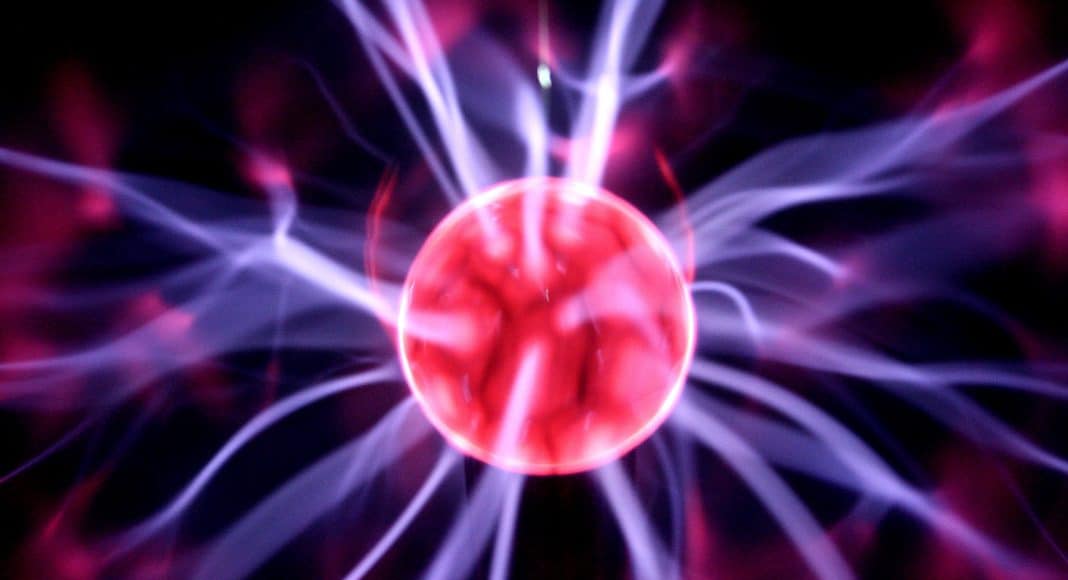For all the devilish complexity of medical marijuana research (and it is quite, quite complex), the basic idea is easy to grasp. Here’s a breakdown:
- The active ingredients of marijuana are called cannabinoids. There are dozens of them, but the ones best understood are delta-9 tetrahydrocannabinol (THC), which makes us stoned, and cannabidiol (CBD), which doesn’t.
- It’s networks of receptor proteins that enable the cannabinoids to work in our bodies. We know of two types: CB1, which are found in the nerves, particularly in certain regions of the brain; and CB2, which are primarily in other areas, particularly our guts.
- The CB1 and CB2 networks make up the endocannabinoid system, which includes the body’s homegrown versions of THC and CBD, the best known (that is to say, the least poorly understood) of which is ananadamide. We don’t know much about the endocannabinoid system. In fact, it was only discovered in the mid-1980s (in the same year we were discovering the Pet Shop Boys). Cracking its code is the key to medical marijuana research.
- Because of the receptor location, scientists assumed that the cannabinoids (both endo- and exo-) would have some effect on motor coordination, mood, the perception of pain, the protection and natural death of brain cells, and the development of the immune system (in which the intestines play an important role). Studies have largely born out these assumptions.
- There are hundreds of other components of marijuana, particularly in marijuana smoke. Most are not unique to cannabis and some may have medical benefits. Of course some are simply terrible for you, too. There may be some strange synergy between the cannabinoids (both unknown and unknown) and other ingredients that give “whole leaf” cannabis superpowers beyond the reach of pure, synthetic forms of THC and CBD. At least that’s a claim of some proponents of medical marijuana. But it is yet to be proven.
If you want to explore the science of marijuana in more depth, why not try the book whose name says it all: The Science of Marijuana, by Oxford biochemist Leslie Iverson. (FYI: Leslie is male—not that it makes any difference; just very British.)
-
Related Story: Little-Known Health Effects Of Medical Marijuana
If you prefer not to pay for your information, you are a terrible person. But you can download for free Marijuana as Medicine? Assessing the Science Base from the National Academic Press.
Both books were written before the turn of the millennium (although Iverson revised his in 2007), so their clinical reviews are a bit outdated. But they are accessible to us non-scientists, and their basic information is as sound as ever.
-
Related Story: Why Won’t My Doctor Prescribe Medical Marijuana For Me?
If you want even more depth, keep an eye on Cannabis and Cannabinoid Research, the only peer-reviewed, open access journal of its kind. It just launched in July 2016, but it promises to be a thought-provoking and reliable resource. The editor-in-chief, Daniele Piomelli, is a professor at the University of California, Irvine, and a 20 year veteran of cannabis research.


